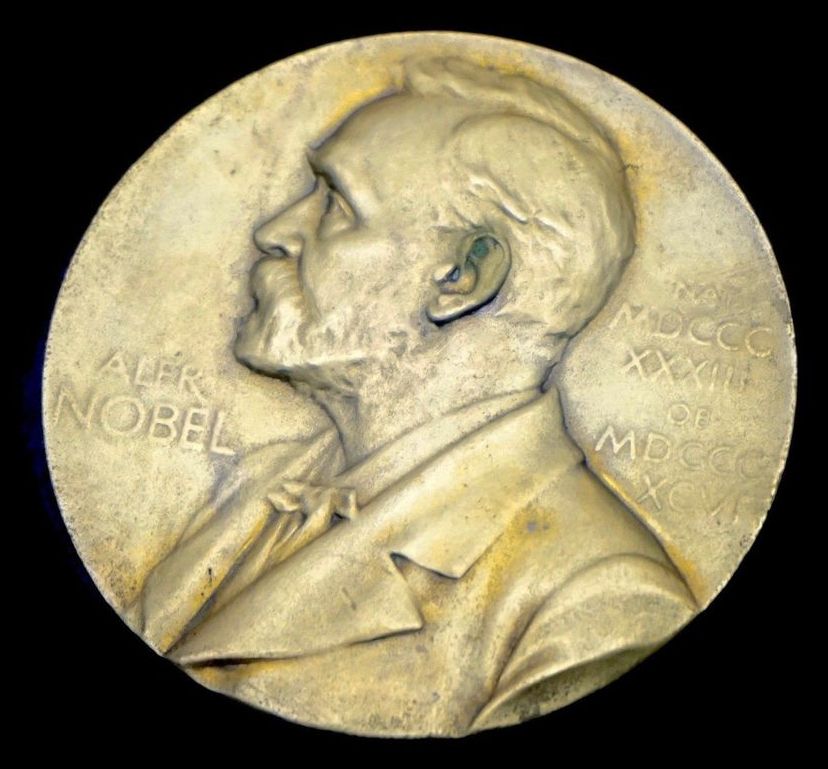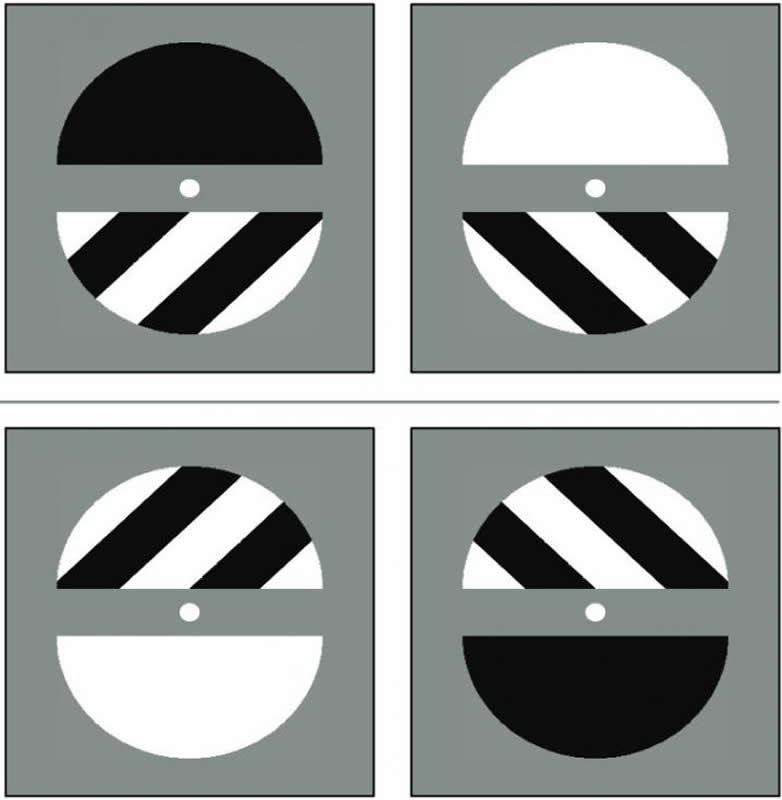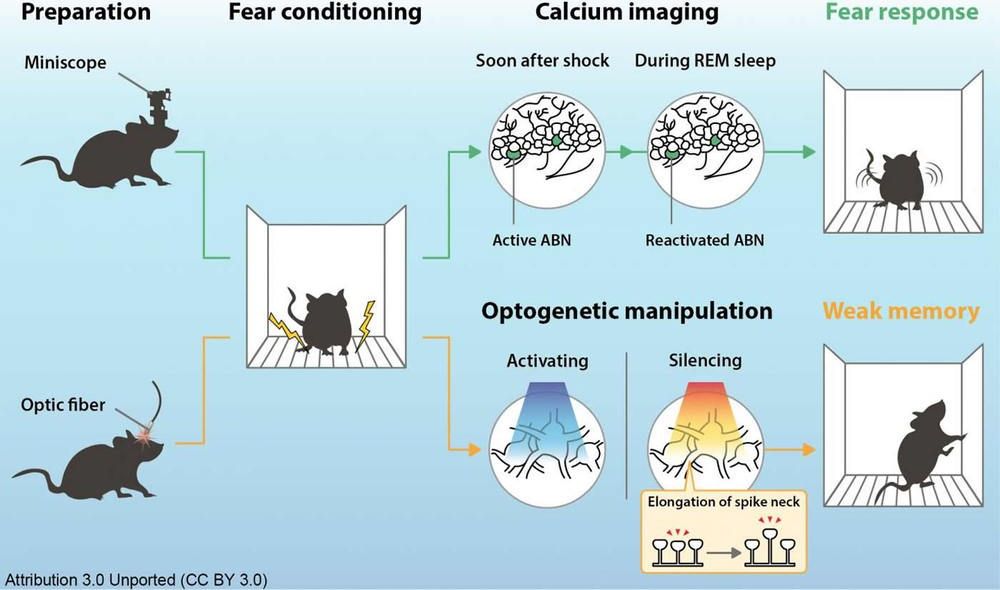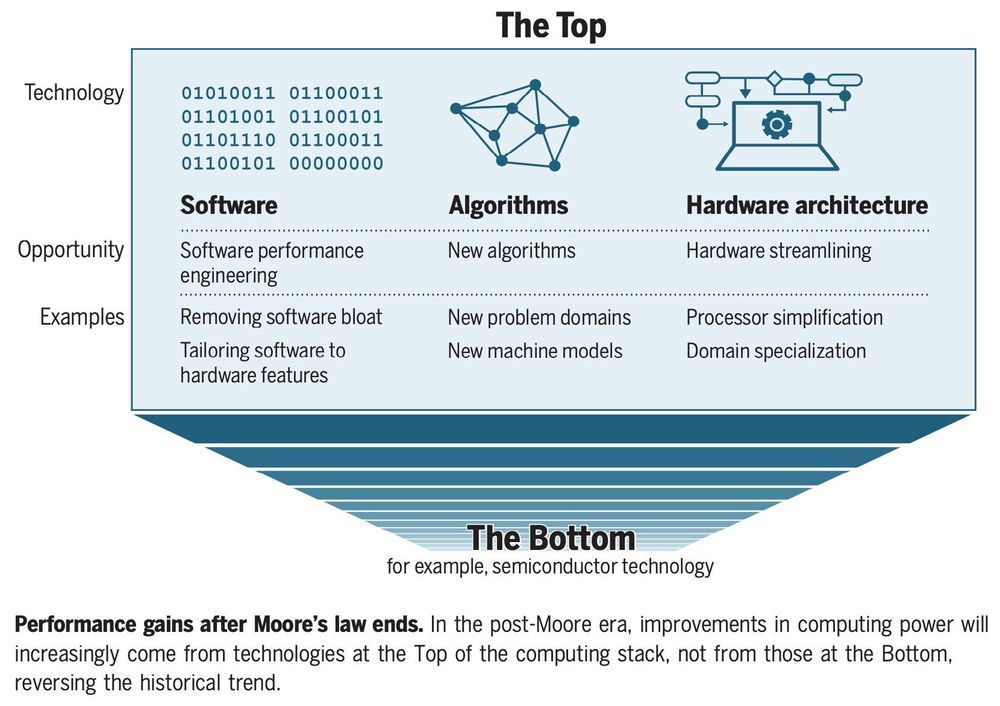Are scientists who win Nobel Prizes different in key ways from their peer researchers? What happens to the quality of a scientist’s work after they win a Nobel Prize?



Summary: Optical illusions are helping researchers better understand attention and visual perception. Findings suggest attention operates periodically on the perceptual binding of visual information.
Source: University of Tokyo.
Rhythmic waves of brain activity cause us to see or not see complex images that flash before our eyes. An image can become practically invisible if it flashes before our eyes at the same time as a low point of those brain waves. We can reset that brain wave rhythm with a simple voluntary action, like choosing to push a button.

If you’ve wanted to learn more about SpaceX’s projects than you normally see in the news, now’s your chance. The company’s software team is holding a Reddit AMA session today starting at 3PM Eastern to answer questions on the software that guides SpaceX’s projects, including Crew Dragon and Starlink. Six key staffers will be on hand, so you can expect a fair number of responses.
The spaceflight firm doesn’t hold AMAs often, and it’ll likely be worth following the discussion to see what emerges. When Elon Musk held a Reddit chat about BFR (now Starship) in 2017, for instance, he touched on everything from engine design to his vision for Mars colonies. You won’t necessarily get any shocking revelations, but this could fill in some knowledge gaps and satisfy your curiosity.

Summary: Hippocampal adult-born neurons are responsible for memory consolidation during REM sleep.
Source: University of Tsukuba.
The presence of dreaming during rapid-eye-movement (REM) sleep indicates that memory formation may occur during this sleep stage. But now, researchers from Japan have found that activity in a specific group of neurons is necessary for memory consolidation during REM sleep.


In 1965, Intel co-founder Gordon Moore predicted that the number of transistors that could fit on a computer chip would grow exponentially —- and they did, doubling about every two years. For half a century Moore’s Law has endured: computers have gotten smaller, faster, cheaper and more efficient, enabling the rapid worldwide adoption of PCs, smartphones, high-speed Internet and more.
This miniaturization trend has led to silicon chips today that have almost unimaginably small circuitry. Transistors, the tiny switches that implement computer microprocessors, are so small that 1000 of them laid end-to-end are no wider than a human hair. For a long time, the smaller the transistors were, the faster they could switch.
But today, we’re approaching the limit of how small transistors can get. As a result, over the last decade researchers have been scratching their heads to find other ways to improve performance so that the computer industry can continue to innovate.

The number of startup companies and the amount of investment dollars going into the field of cultivated meat has exceeded—and will likely continue to exceed—annual exponential growth.
As we race to find sustainable ways to feed the world’s insatiable appetite for meat, the field of cultivated meat has exceeded annual exponential growth— more than doubling every year in terms of the number of startup companies and investment dollars. In late 2015, one startup raised a few hundred thousand dollars. In 2020, there are dozens of cultivated meat companies around the world pursuing everything from shrimp and bluefin tuna to steak and kangaroo.
This year, the sector took another significant step forward when cultivated meat first-mover Memphis Meats closed a $161 million Series B funding round from lead investors Softbank, Norwest, and Temasek. This amount is greater than all other publicly disclosed investments in cultivated meat companies combined and brings total investment in the startup to $181 million.
What does an investment like this mean for cultivated meat companies and the field as a whole? Having tracked the sector since its inception, I think there are three key takeaways.

Rapamycin, a drug that has life-extending effects on mice (and possibly dogs and humans), also reverses age-related dental problems in mice. 🦷 Out now in eLife from researchers at The University of Washington School of Dentistry & JAX’s Kaczorowski Lab:
Rapamycin, which has life-extending effects on mice, also reverses age-related dental problems such as periodontitis and regrows bones in the animals.
As we celebrate the #SpaceStation20th anniversary, NASA astronaut Don Pettit explains how his perception of the Earth changed during his time aboard the space station.
Go NASA’s Hubble Space Telescope. It’s your birthday. ✨
This Friday marks 30 years of stunning imagery and ground breaking discoveries for the one-of-a-kind orbiting telescope. Join us in observing #Hubble30 by sharing your favorite galactic image! https://go.nasa.gov/3aoSMxH